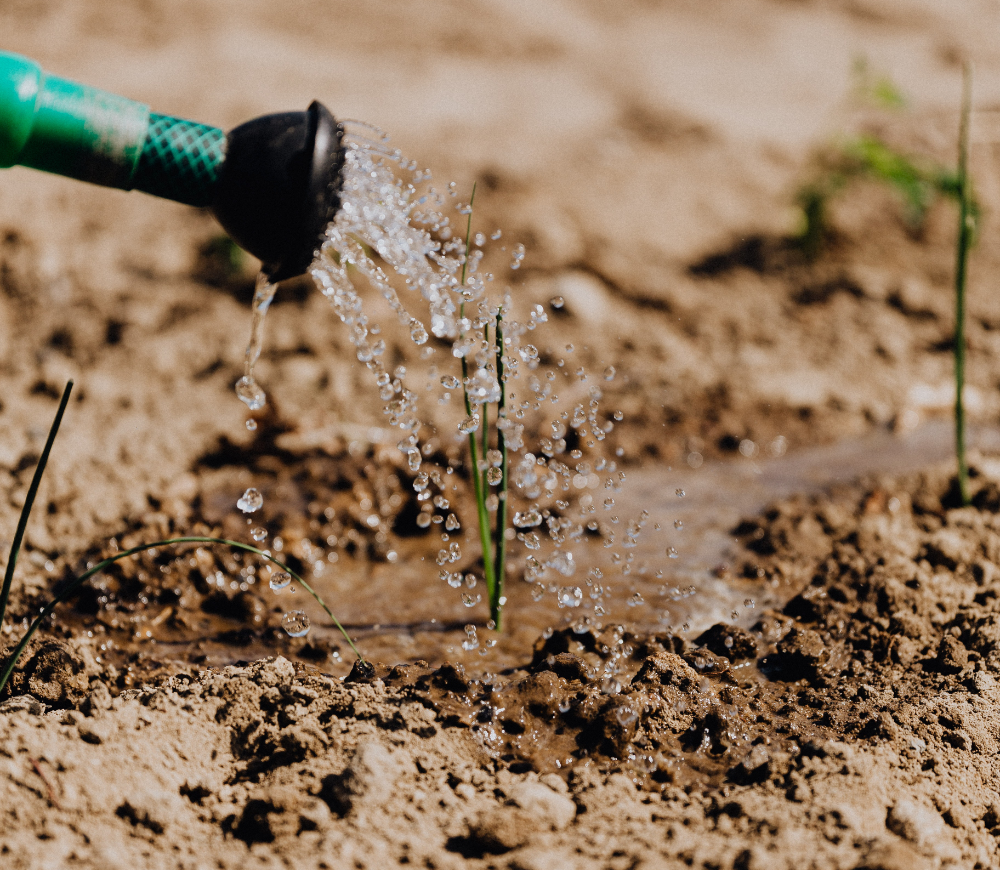By Michelle Stitz
After a fruitful first session of the European Parliament Youth Dialogue in May, Generation Climate Europe is hosting the second event in this series of discussions between European youth and Members of the European Parliament.
ESR & LULUCF – sounds like gibberish? We’ve got you covered!
In the next session on the 30 September 2021, we will focus on two regulations to reduce greenhouse gas (GHG) emissions from the agricultural sector. In its Fit for 55 Package, the European Commission revised these regulations to increase their ambitions, but is their proposal sufficient to bring agriculture on track for decarbonisation?
Climate change and biodiversity loss are twin crises that currently threaten life on our planet as we know it. The European Commission has set an ambitious target of becoming a carbon-neutral continent by 2050, reaching 55% GHG emission reductions by 2030 (against the baseline of 2005). To meet this target, the Commission revised a set of regulations in what they call their Fit for 55 package. Two of these regulations are relevant to the decarbonisation of the agricultural sector: 1) the Effort Sharing Regulation (ESR), which regulates non-CO2 emissions, and 2) the Land use, Land-use Change and Forestry (LULUCF) Regulation, regulating CO2 emissions.
The food systems – a political hot potato
The food system – which includes agricultural inputs, farming, processing, retail, consumption, and disposal – is the largest contributor to climate change, accounting for 21-37% of global GHG emissions according to the Intergovernmental Panel on Climate Change (IPCC). Agricultural activities emit three important greenhouse gasses (GHGs): carbon dioxide (CO2), from poor soil management and land use changes; methane (CH4), mainly from ruminant digestion and inappropriate manure management; and nitrous oxide (N2O), from excess fertilisation of agricultural soils. Apart from being an important source of GHG emissions, intensive agriculture has other negative impacts on the environment and farmers. Extensive use of pesticides and peatland withdrawals lead to biodiversity loss; monocultures reduce the resistance of crop systems to pests and diseases; and volatile prices in the global food market lead to low incomes for farmers. Consumers are becoming increasingly aware of these downsides of industrial agriculture and are demanding more sustainable production that keeps us within planetary boundaries by emitting less GHG and not degrading ecosystems.
A free pass for agriculture in the fight against climate change?
With non-CO2 emissions from agriculture representing 10% of total EU GHG emissions, there is no doubt that it is crucial that the EU decarbonises this sector in order tomeet its commitments. However, thishas also a serious challenge historically – CO2 emissions from agriculture have only accounted for 1% of the so far 11% emissions reduction achieved by all Effort Sharing Regulation (ESR) sectors between 2005 and 2018 in the EU. For example, buildings have emitted 155 Mt CO2eq less, while agriculture only emitted 2 Mt CO2eq less. In other words, agriculture has not played its part in the fight against climate change. The sector’s emissions have not only stagnated since 2005, but have even increased in the 2012-2017 period. Why is this, and does the ESR revision address this problem? The EU Court of Auditors attributed this failure to the absence of EU- and national-level emission reduction targets for agriculture. While the ESR sets legally binding emission reduction targets for 2021-2030 for all sectors it concerns (transport, buildings, agriculture, non-EU Trading Scheme industries, and waste), the target being an aggregate of emissions reductions across all sectors means Member States (MS) can choose to focus their decarbonization efforts on their preferred sector mix, this avoiding reform in others such as agriculture. The proposed ESR revision does not change this fundamental weakness of the regulation and only increases the aggregate reduction target from 30% to 40% by 2030. This means that the emissions from agriculture can continue to stagnate or increase, as long as reductions in other sectors compensate for it. It also ignores the other environmental impacts of current industrial agricultural policies. Another controversial aspect of the regulation is article 7, which allows Member States to use LULUCF removals from carbon dioxide stored in forests and agricultural soils, also called carbon farming, to reach their national ESR emission reduction target. Hold on a second – what on earth is carbon farming?
Farming cabbage, farming cucumbers, farming carbon
This may be news to you, but soil has an enormous potential to capture carbon dioxide and can thus play an important role in helping the EU meet its ambitions of becoming carbon-neutral by 2050, by compensating for residual emissions that cannot be avoided.
However, there are a lot of scientific uncertainties around how to measure the exact amounts of carbon stored in the soil as well as the part of carbon released in the atmosphere when the soil is disturbed. Furthermore, carbon farming needs to be considered along with the protection and the promotion of biodiversity, as there may otherwise be trade-offs between these two objectives. The disadvantages/dangers of using LULUCF removals to meet emission reduction targets thus pose a real risk to a carbon-neutral and biodiverse agriculture. To meet the EU’s ambitions of becoming carbon-neutral and limiting global warming to 1.5ºC, we need both emissions reductions in agriculture and carbon sequestration in soils.
It is now up to the EU Parliament to take a position on the ESR and LULUCF regulations and to propose amendments that change it for the better. Join us on Thursday 30 September to hear what Members of Parliament have to say on this important topic and for a unique opportunity to ask them questions!

